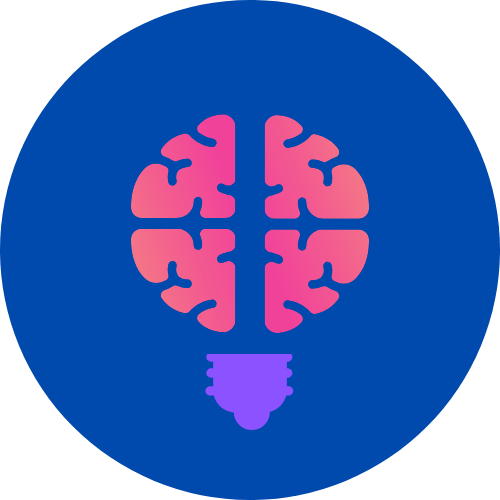Wisdom Forum
Seeking Enlightenment About Me Stem cell therapy has emerged as a promising area in medicine, providing potential treatments for a range of diseases and injuries. This therapeutic approach has garnered attention from researchers, healthcare providers, and patients alike, however its complicatedity and novelty can make it difficult to understand. In this article, we'll explore the science behind stem cell therapy, how it works, and the key things it's essential know about its current and future potential. Location Occupation
What Are Stem Cells?
Stem cells are distinctive cells with the ability to turn into many various cell types in the body. They function the body's raw materials—essentially a repair system for tissues and organs. Stem cells have two distinct traits: they will divide and renew themselves over long durations, and they can differentiate into specialized cell types, akin to muscle cells, red blood cells, or neurons.
There are a number of types of stem cells, including:
- Embryonic Stem Cells: Derived from early-stage embryos, these cells can turn into any cell type within the body. Their potential for regeneration is huge, however their use is commonly controversial resulting from ethical considerations.
- Adult (Somatic) Stem Cells: Present in particular tissues, resembling bone marrow or fats, adult stem cells have a more limited capacity for differentiation compared to embryonic stem cells, however they're less controversial.
- Induced Pluripotent Stem Cells (iPSCs): These are adult cells that have been genetically reprogrammed to an embryonic stem cell-like state. iPSCs have related properties to embryonic stem cells and are promising because they keep away from a number of the ethical issues associated with embryonic stem cells.
How Does Stem Cell Therapy Work?
Stem cell therapy is based on the concept of utilizing stem cells to repair or replace damaged tissue. The therapy could contain:
1. Stem Cell Transplantation: Stem cells could be injected into a patient’s body the place they aim and repair damaged tissues. This is frequent in conditions like blood cancers, the place stem cells are used to regenerate healthy bone marrow after chemotherapy.
2. Tissue Regeneration: Researchers are exploring how stem cells may regenerate whole organs or tissues. For example, scientists are investigating the possibility of rising new organs utilizing stem cells, which might reduce the necessity for organ transplants.
3. Modulation of the Immune System: In some cases, stem cells are used to modify the immune system's response to diseases. This could be particularly helpful in autoimmune diseases, where the immune system attacks healthy tissue.
Stem cell therapy can take completely different forms depending on the condition being treated. Some therapies involve directly transplanting stem cells into the affected area, while others may involve stimulating the body’s own stem cells to become active and promote healing.
Present Makes use of of Stem Cell Therapy
Stem cell therapy is already being used in a number of areas of medicine, with the most well-established applications together with:
- Bone Marrow Transplants: This is one of the oldest and most widely used forms of stem cell therapy. It's used to treat conditions like leukemia, lymphoma, and other blood disorders.
- Skin Grafts for Burns: In severe burn cases, stem cells may help regenerate skin tissue, providing a more effective and natural healing process.
- Corneal Regeneration: Stem cells have been used to restore damaged corneas within the eye, serving to to improve vision in patients with certain conditions.
Different emerging areas of stem cell therapy embody treatments for neurological illnesses (equivalent to Parkinson’s or spinal cord injuries), heart illness, and diabetes. These therapies are still in experimental stages, but early outcomes show promise.
The Challenges and Controversies
While the potential of stem cell therapy is vast, there are several challenges and ethical points that should be addressed. One of many primary considerations is the usage of embryonic stem cells, which entails the destruction of early-stage embryos. This has led to significant ethical debates, particularly concerning when human life begins and whether or not it’s settle forable to use embryos for medical research.
One other challenge is the safety and efficacy of stem cell treatments. While stem cell therapy has shown promising results, it isn't without risks. There have been instances the place unregulated or premature treatments have led to critical side effects, together with tumor development or rejection of transplanted cells by the immune system.
The sphere of stem cell therapy is still comparatively new, and lots of treatments remain within the experimental phase. Researchers have to conduct additional research to understand how to ensure these therapies are both safe and effective.
The Way forward for Stem Cell Therapy
The future of stem cell therapy looks promising, with ongoing research exploring new ways to harness the potential of stem cells. One exciting space of research is the use of gene editing technologies akin to CRISPR, which may very well be used to correct genetic defects in stem cells before they are transplanted.
As research progresses, stem cell therapy may offer new treatments for at present incurable illnesses, reduce the necessity for organ transplants, and assist individuals recover from accidents more effectively. Nevertheless, it’s essential to balance optimism with warning, as more research and regulatory oversight are needed to ensure that stem cell therapies are each safe and efficient for all patients.
In conclusion, stem cell therapy holds tremendous potential for the way forward for medicine, providing new ways to treat ailments and repair damaged tissues. Nonetheless, it’s essential to understand the science, limitations, and ethical considerations behind these therapies earlier than they become mainstream in medical practice. As research advances, we may see stem cell therapy enjoying an increasingly necessary role in regenerative medicine.

